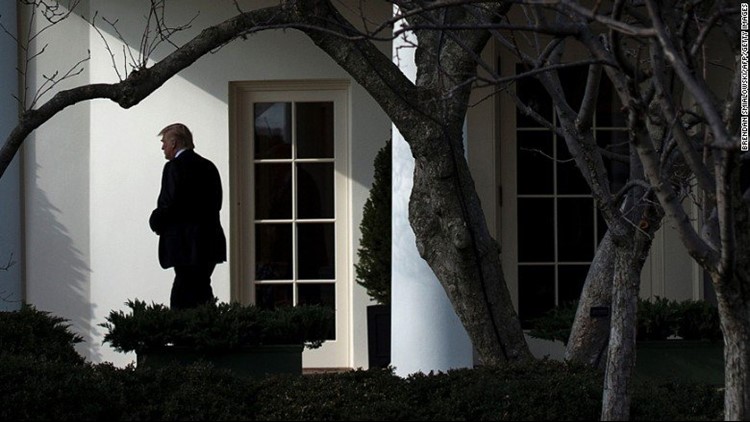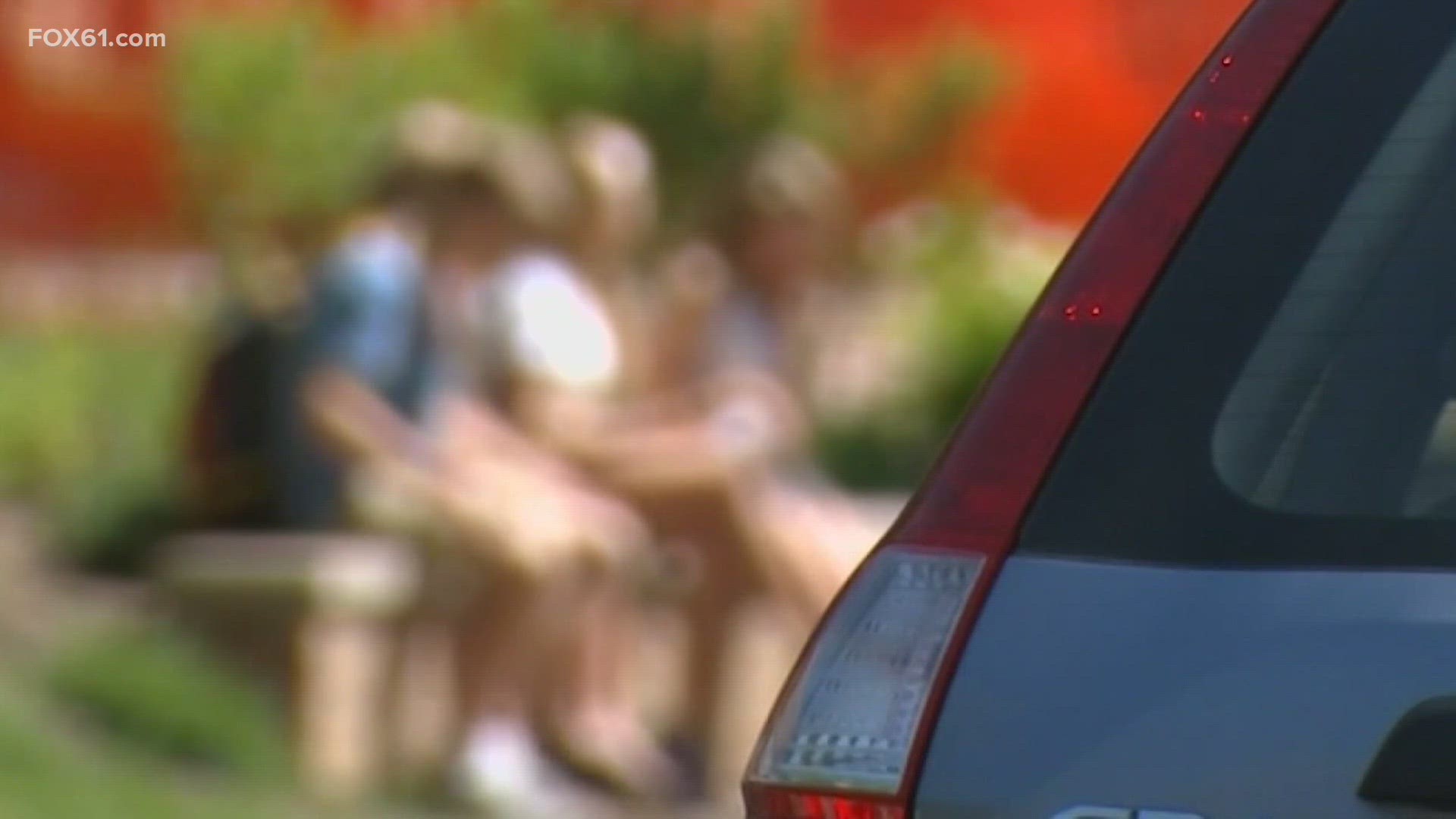WASHINGTON– Cellphone surveillance devices were detected near the White House and other sensitive locations in the Washington, DC, area last year, a government study found.
The spying technology, called International Mobile Subscriber Identity devices and known alternatively as Stingrays or IMSI catchers, was discovered as part of a review by the Department of Homeland Security conducted last year and detailed in a letter the agency sent to Sen. Ron Wyden, D-Oregon, last month.
While the presence of the cell-site simulators in the nation’s capital had been previously reported, their detection near the White House first emerged in the May letter after elected officials pressed DHS for more information amid concerns about the potential national security threat posed by the devices and vulnerabilities in the nation’s telecommunications network.
Writing to Wyden in May, DHS’s acting National Protection and Programs Directorate head, Christopher Krebs, said the department had not determined which groups were behind the surveillance activity and raised the possibility that the signals detected could have come from legitimate sources.
In the 2017 study, DHS “did observe anomalous activity that appeared consistent with IMSI catcher technology within the [National Capitol Region], including locations in proximity to potentially sensitive facilities like the White House,” but had “neither validated nor attributed such activity to specific entities, devices, or purposes,” Krebs said.
“It is my understanding that relevant law enforcement and counterintelligence agencies conducted further investigation and determined some detected signals were emanating from legitimate cell towers,” he continued.
ISMI devices act essentially as fake cellphone towers and, as mobile devices connect to them, they are able to snoop on the traffic that goes through. Their legal use in the US is limited to official law enforcement and public safety entities, but the technology poses significant benefit for foreign espionage. Counterintelligence experts and DHS officials have conceded that the technology could pose privacy and national security concerns if employed by foreign adversaries.
In a statement Friday, Wyden demanded telephone companies and the Federal Communications Commission act to curtail the potential targeting.
“The news of a possible foreign Stingray near the White House is of particular concern giving reports that the President isn’t even using a secure phone to protect his calls,” Wyden said. “The cavalier attitude toward our national security appears to be coming from the top down. It is high time for the FCC and this administration to act immediately to protect American national security.”
The FCC, in a letter sent Friday to Democratic Rep. Frank Pallone of New Jersey, declined a separate request made by lawmakers in April to investigate the reports of potentially unlawful cell-site simulators in Washington, citing no “particularized evidence that certain devices were being unlawfully used.”
As the agency charged with managing commercial airwaves, the FCC has authority to regulate the distribution and use of cell-site simulator devices like the Stingray. In April, Pallone, the ranking member on the House Energy and Commerce Committee, asked the agency to investigate after DHS released initial information on its 2017 study.
“The Commission stands ready to aid our federal partners at the Department of Homeland Security, the Department of Justice, and the Federal Bureau of Investigation in addressing this issue. If we had particularized evidence that certain devices were being unlawfully used within the United States, we would of course investigate the matter alongside our federal partners and take all appropriate enforcement actions,” FCC Chairman Ajit Pai said in the letter.
Pai also said in the letter that the FCC had no “particularized evidence” that simulator devices were being “unlawfully marketed or sold to foreign actors within the United States,” but promised to investigate if any arose.
CNN has asked the FCC for comment on the contents of the May DHS letter.



